
At least one "?" should be labelled (black), the others are optional (gray).
1. Explain these words mean:
2. Explain how a child might solve 15 ÷ 3 by direct modeling in a partitive way
(other variations are possible)
3. Explain how a child might solve 15 ÷ 3 by direct modeling in a measurement way.
(other variations are possible)
4. Explain how a child might solve 3x5 by direct modeling.
5. Draw a bar diagram that shows a partitive representation of 15 ÷ 3
At least one "?" should be labelled (black), the others are optional (gray).
6. Draw a bar diagram that shows a measurement representation of 15 ÷ 3
At least one of the 3's should be written in, and the "?" and "..." should be shown (black), the other 3 is optional (gray)
7. Draw a bar diagram for 3x5
At least one of the 5's should be written in, as should the "?" (black), the other 5's are optional (gray)
8. Write a partitive division word problem. [many, many correct answers are possible]
9. Write a measurement division word problem. [many, many correct answers are possible]
10. Tell whether each of these word problems is a multiplication problem, a partitive division problem or a measurement division problem. If you can't figure one out, it sometimes helps to start direct modeling it with cubes or writing it in a bar diagram or as a repeated addition problem.
a. Sally has 4 times as many pencils as Jan. Jan has 5 pencils. How many pencils does Sally have?
i. Multiplication (multiplicative comparison)
ii.
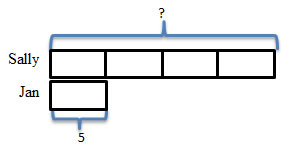
iii. 4 × 5 = ?
b. A pack of Pokemon cards costs $4. If I have $12, how many packs of Pokemon cards can I buy?
i. Measurement division
ii.
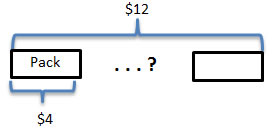
iii. 12 ÷ 4 = ? or ? × 4 = 12
c. I have 3 times as many pencils as pens. I have 15 pencils. How many pens do I have?
i. Partition division (multiplicative comparison)
ii.
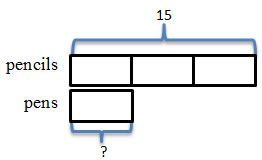
iii. 15 ÷ 3 = ? or 3 × ? = 15
d. An eraser costs $0.12. How much do 4 erasers cost?
i. Multiplication
ii.
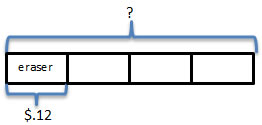
iii. 4 × $.12 = ?
e. Ellen has 4 green erasers and 12 pink erasers. How many times as many pink erasers as green erasers does she have?
i.Measurement division (multiplicative comparison)
ii.
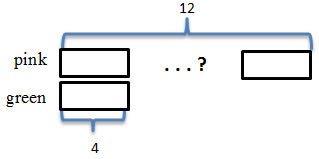
iii. 12 ÷ 4 = ? or ? × 4 = 12
f. Ms Anderson has 5 pencil boxes. Each box has 6 pencils. How many pencils does she have?
i. Multiplication
ii.
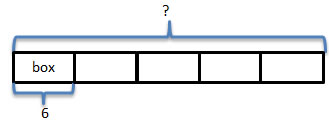
iii. 5 × 6 = ?
g. Four children share 12 apple slices evenly. How many apple slices does each child get?
i. Partition division
ii.
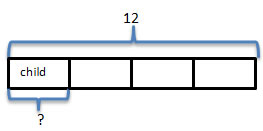
iii. 12 ÷ 4 = ? or 4 × ? = 12
h. Mark can read 4 pages of his book in 1 minute. How many pages can he read in 5 minutes?
i.Multiplication (rate)
ii.
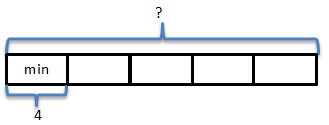
iii. 5 × 4 = 12
i. I have 10 ounces of cinnamon. If I put 2 ounces of cinnamon in each jar, how many jars can I fill?
i. Measurement division
ii.
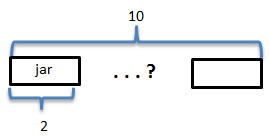
iii. 10 ÷ 2 = ? or ? × 2 = 10
j. Kyle can make 15 paper airplanes in 5 minutes. How many paper airplanes can he make in 1 minute?
i. Partition division (rate)
ii.

iii. 15 ÷ 5 = ? or 5 × ? = 15
k. If it costs $12 for 4 boxes of colored pencils, how much does one box of colored pencils cost?
i. Partition division
ii.
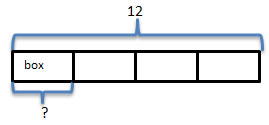
iii. 12 ÷ 4 = ? or 4 × ? = 12
l. I can walk 3 miles in 1 hour. How long will it take me to walk 9 miles?
i. Measurement division (rate)
ii.
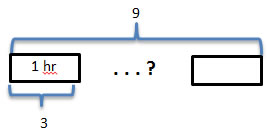
iii. 9 ÷ 3 = ? or ? × 3 = 9